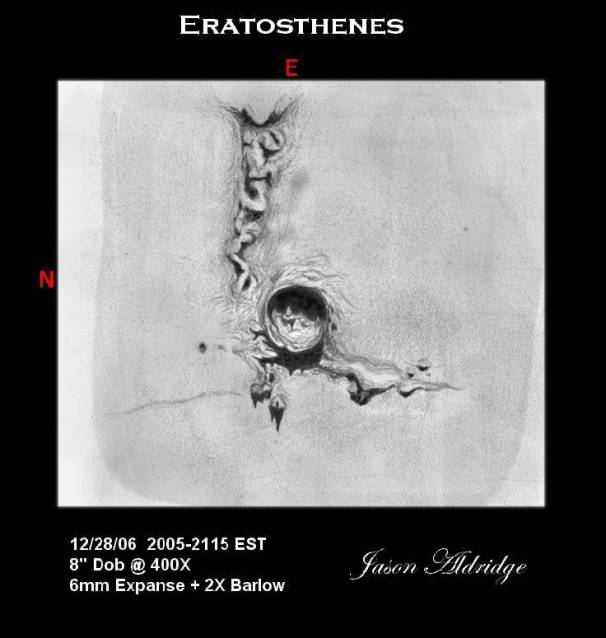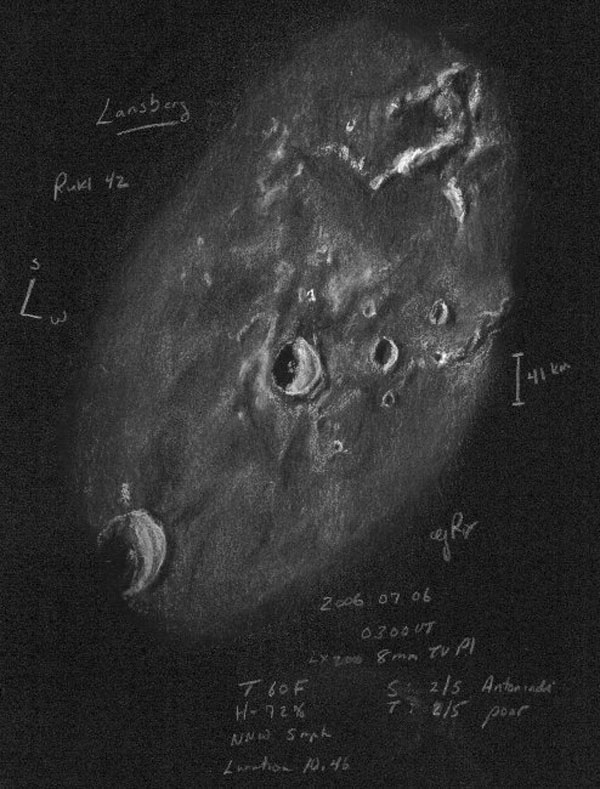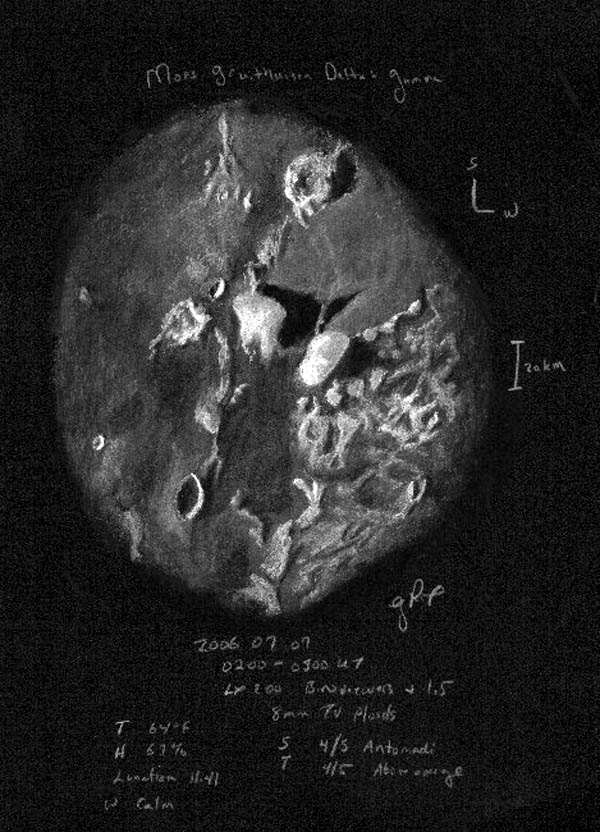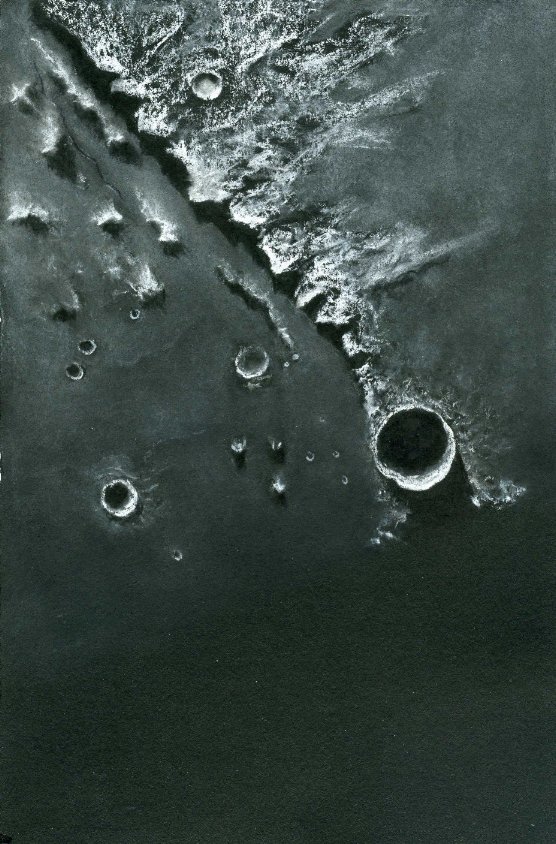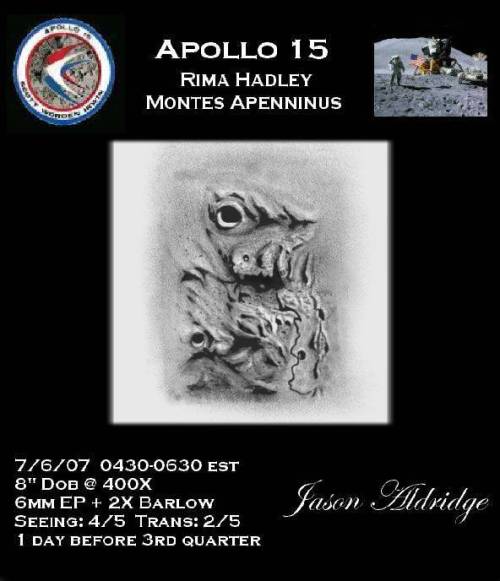
On August 5th 1971 the Astronauts of Apollo 15, David Scott, James Irwin, and
Alfred Worden were coming home. It was the 11th day of the mission, and the 2nd day
of their voyage back to Earth after a successful mission to the lunar surface.
Six days earlier on July 30th, Apollo 15 Commander David Scott and Lunar Module
(LM) pilot James Irwin had landed in the Rima Hadley/Montes Apenninus region of the
Moon in the Lunar Module Falcon. “OK, Houston. The Falcon is on the Plain at
Hadley.”, said David Scott upon touchdown. The Command and Service Module (CSM)
pilot, Alfred Worden continued in lunar orbit in the CSM Endeavour and conducted
scientific experiments. While on the lunar surface, Scott and Irwin made three
moonwalk Extra Vehicular Activities (EVAs), becoming the 7th and 8th men to walk on
the Moon. During the EVAs which totalled 18 hours, 35 minutes, they covered 27.9
km, and collected 76.8 kg of rock and soil samples. They also took photographs, set
up the Apollo Lunar Surface Experiments Package (ALSEP), and performed other
scientific experiments. This time the Astronauts didn’t just walk on the Moon, for
this was the first mission to employ the Lunar Roving Vehicle. Scott and Irwin used
the Rover to
explore regions within 5 km of the LM landing site. After the final EVA, David
Scott performed a televised demonstration of a hammer and feather falling at the
same rate in the lunar vacuum.
The LM lifted off from the Moon on August 2nd after 66 hours, 55 minutes on the
lunar surface. Once the Falcon docked with Endeavor, the lunar samples and other
equipment were transferred from the LM and it was jettisoned after a one orbit
delay.
The LM Falcon impacted the Moon on August 3rd, 93 km west of the Apollo 15 ALSEP
site. It had an estimated impact velocity of 1.7 km per second.
On August 4th, after Apollo 15 underwent an orbit-shaping maneuver, a scientific
subsatellite was spring-launched from the Scientific Instrument Module (SIM) bay
into lunar orbit. The Apollo 15 crew began the transearth injection on the next
orbit which started their long journey home.
The next day, August 5th, Alfred Worden stepped into the black vacuum 196,000 miles
from the earth to become the first man ever to take a floating excursion outside
his craft in interplanetary space. The Apollo 15 astronauts, in prearranged
collaboration with Soviet and Dutch astronomers, were trying to observe what some
scientists suspect are “black holes” in the sky.
Meanwhile, back on Earth, Niel Armstrong was celebrating his 41st birthday. In
Houston not too far from Mission Control, Credence Clearwater Revival was jamming
at the Coliseum . Across the Atlantic Ocean in Munich Germany, An American Soldier
and his wife (Justin and Janet Aldridge) were celebrating the birth of their first
child. They named him Jason.
Two days later on August 7th, the Apollo 15 Astronauts splashed down in the Pacific
Ocean, 330 miles north of Honolulu, Hawaii and 6.1 mi from the recovery ship USS
Okinawa. 16 months later, Apollo 17 Commander Eugene Cernan would be the last man
to walk on the Moon.
A child of Apollo, Jason would grow up with dreams of traveling to the Moon. He saw
the color photographs of Mars that returned from the Viking Missions, and he knew
that someday he would visit Mars as well. He watched as the Voyager spacecraft flew
past Jupiter, Saturn, Uranus, and Neptune, and he knew that Man would explore the
solar system and beyond in his lifetime.
Today I am 36 years old. The dreams I had as a child are all but a fond memory now.
No Human has been back to the Moon, and there have been no manned missions beyond
Earths orbit. NASA plans to return to the Moon by 2018, almost 50 years after Niel
Armstrong first set foot there. I think my feelings about this matter are best
described in the words of Apollo 15 Commander, David R Scott:
“As I stand out here in the wonders of the unknown at Hadley, I sort of realize
there’s a fundamental truth to our nature, Man must explore . . . and this is
exploration at its greatest.”
I would like to dedicate this lunar sketch to the brave men of Apollo 15, David R
Scott, James B Irwin, and Alfred M Worden. I am honored to have been born during
their historic mission.
Jason Aldridge
PS: Happy Birthday Niel Armstrong!
*Sources: NASA NSSDC Master Catalog Display: Spacecraft, Apollo Flight Journal, New
York Times articles from 8/6/1971, Credance Clearwater Revival official web site.
Sketching Materials: 0.5mm Mechanical Graphite Pencil, Strathmore Windpower Sketch
Paper, MGI Photosuite III software for post processing.

